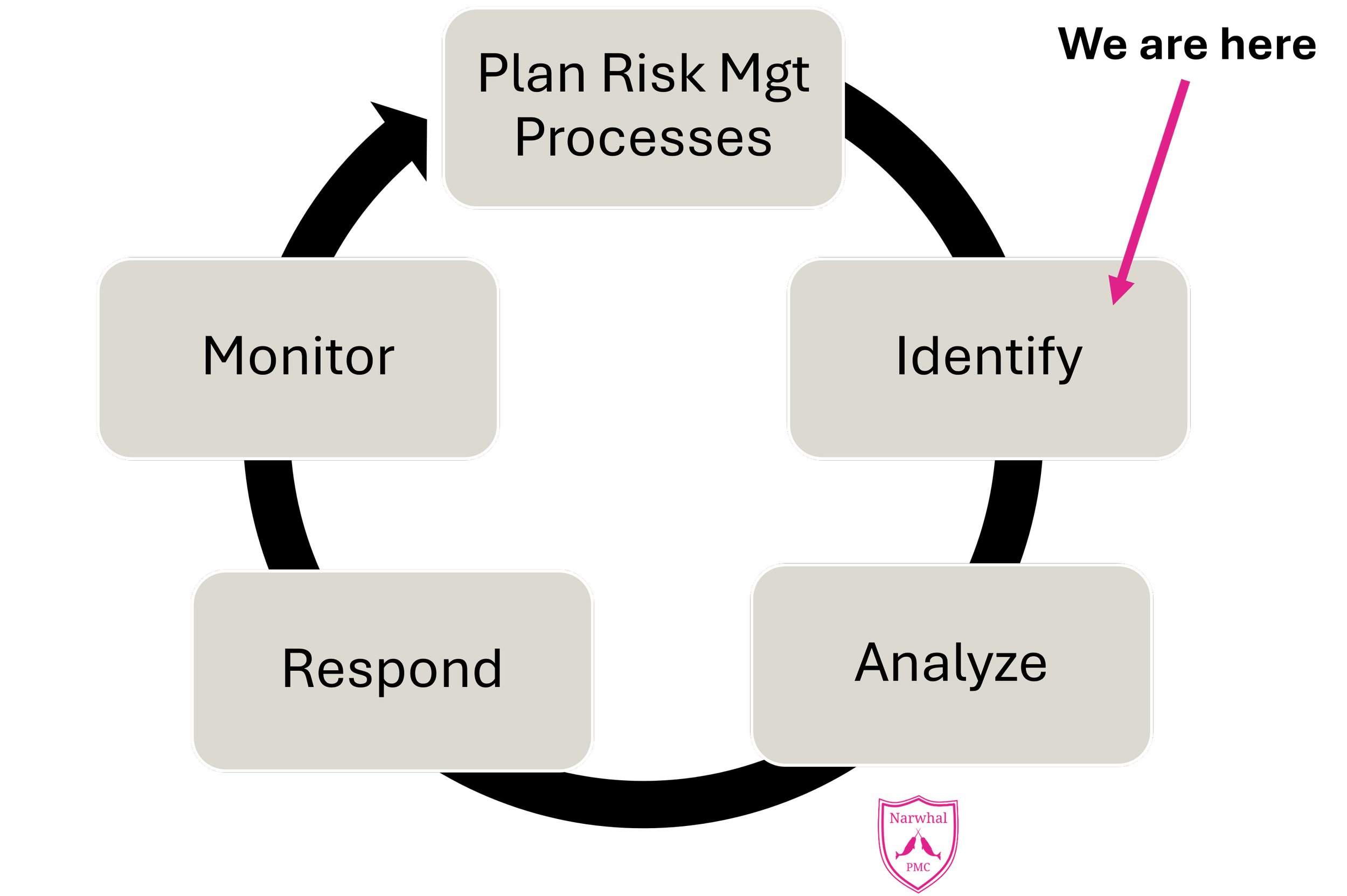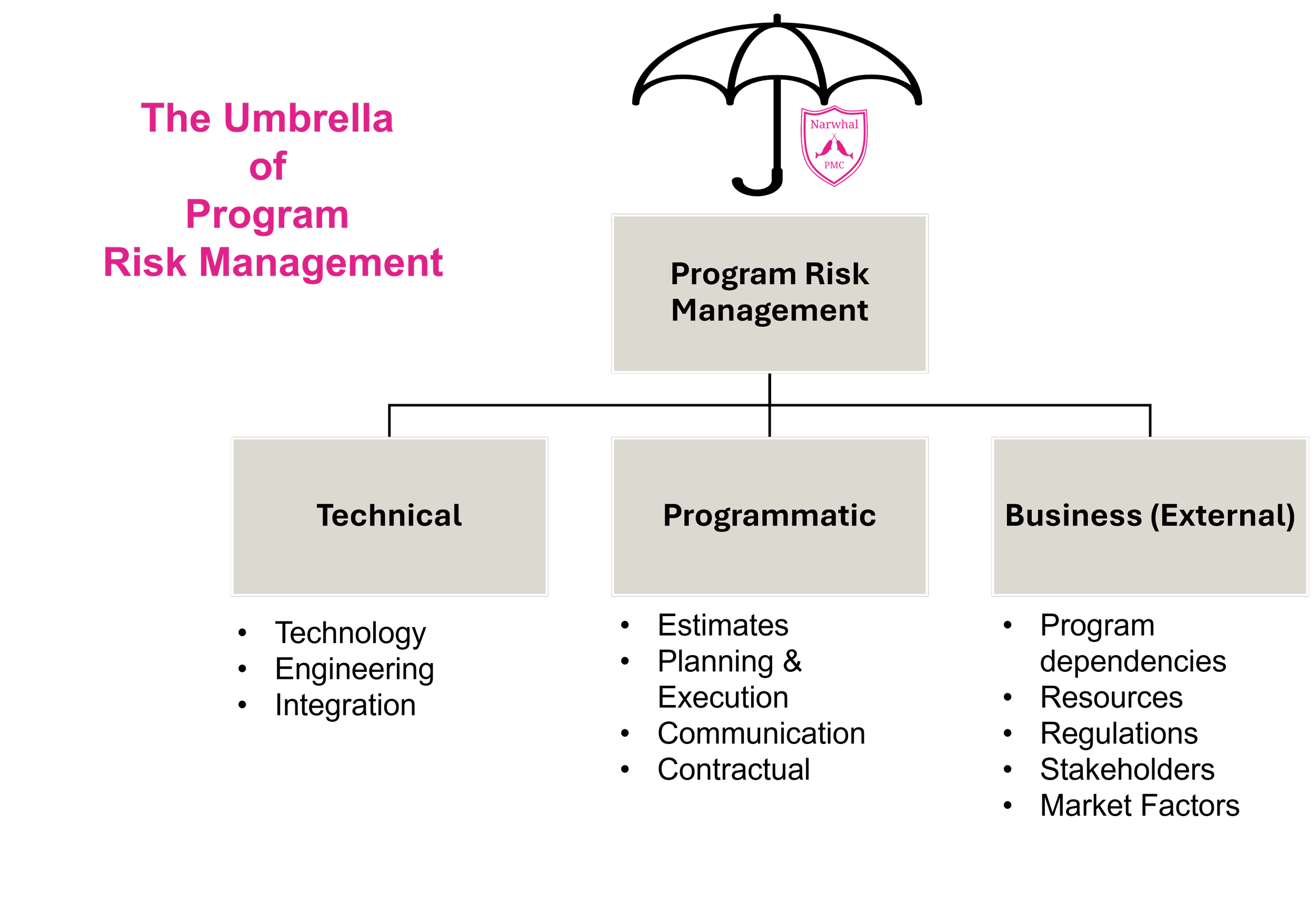Don’t Let that Jaguar Get You: How to Identify Program Risks
Have you seen the videos of jaguars hunting crocodiles? One minute the crocodile is swimming along, minding its own business and the next minute, the jaguar hurtles out of the grass or down from a tree, kills the croc and drags it up a tree to eat it.
That’s what it's like if you have an unidentified risk on your program. The jaguar is the unidentified risk and your project is the crocodile. An unidentified risk, especially a high level one, can kill your project either from a technical, cost or schedule perspective.
So, how do you identify risks. This is step 2 in the program risk management process (I covered step 1 in a previous article here).
First, you need to know what types of risk to identify. Generally speaking, risks on a program fall into three categories: technical, programmatic, and business.
Technical risks are anything that would negatively impact the performance of the product or service you are delivering on your program. These can be broken out into technology, engineering, and integration risks.
Programmatic risks are non-technical and within the control or influence of the program manager or program management office. These typically are risks related to program cost estimating, schedule planning, execution, structure of the contract and communication on the program.
Business risks are also non-technical, but are not controlled or strongly influenced by the program manager or program management office. Some examples include resourcing, regulations, external stakeholders and economic factors.
Now that you understand what to look for. Here are four different methods for identifying risks on your program.
1. Review lessons learned from past programs
Your organization should have a lessons learned repository. Review the documentation to see what worked and what didn’t. If there are risk registers stored there, look at those as well.
2. Survey and/or brainstorm with your program team
The program manager is not an expert in every discipline required for a successful program. Provide a survey and/or host a brainstorming session to identify risks early; ideally, during the proposal phase or at the latest prior to the program kickoff. Participants should include at a minimum: the PM, relevant engineering disciplines, the contract administrator, and scheduling.
3. Interview people who have done similar work
If you are an established business there are likely team members that have done similar work in the past. Talk to them about risks and issues on similar work. Don’t assume just because you or your immediate team lack the past experience, that everyone else in your organization does as well. If this work is truly new, than reach outside of your company to your network and have those conversations.
4. Listen to your “Spidey sense.”
In Star Wars, Harrison Ford as Han Solo delivers the iconic line, “I’ve got a bad feeling about this.” And he was right, soon after that the trash compactor begins to compress around him and his counterparts.
If your gut is making you uncomfortable about something on your program, it’s a sign that you likely have a risk. Write it down!
And there you have it. Identify technical, programmatic and business risks to your program. Avoid the jaguar and swim away!



